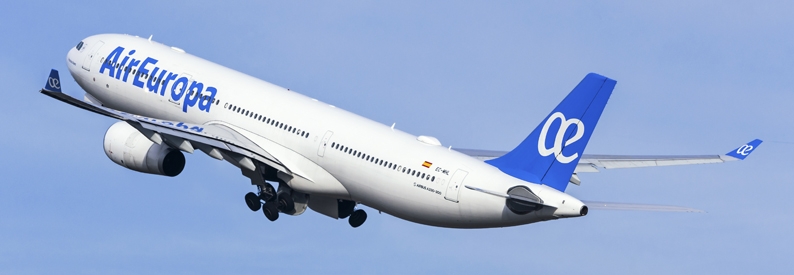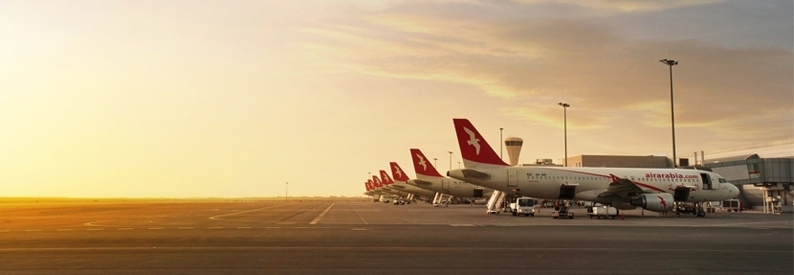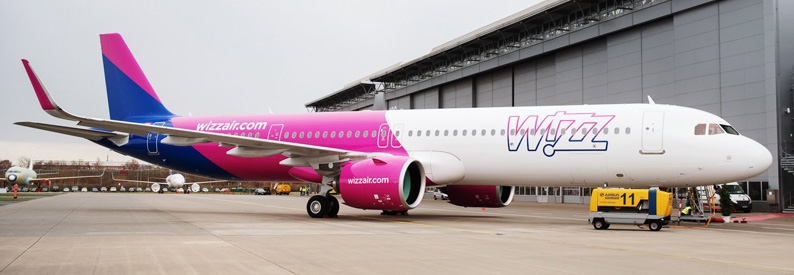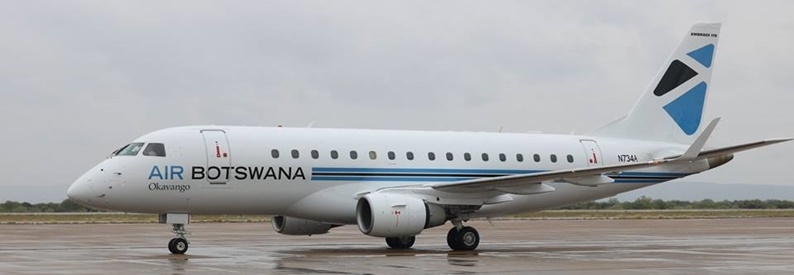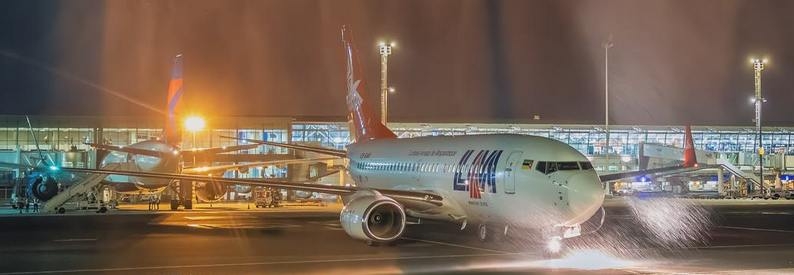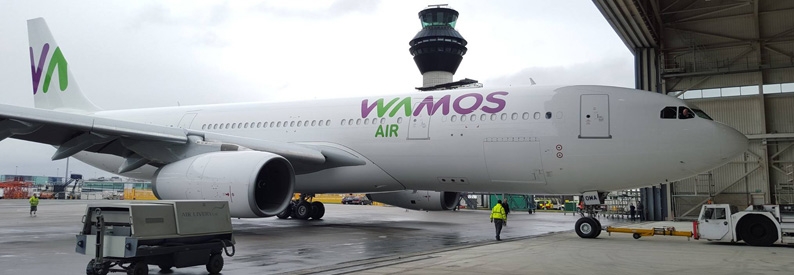Etihad Airways (EY, Abu Dhabi International) is prepared to undergo an initial public offering (IPO), but it does not need the cash from a listing right now, group CEO Antonoaldo Neves said.
Speaking to Bloomberg, Neves said that the final decision on a listing was that of the shareholder. His comments came after he spoke at the Arabian Travel Market conference in Dubai where he said he expected strong growth in the next five years.
The Middle Eastern carrier is owned by the Abu Dhabi Developmental Holding Company PJSC (ADQ), Abu Dhabi’s sovereign wealth fund. ADQ’s other transportation investments include Abu Dhabi Airports and Wizz Air Abu Dhabi, a joint venture with Wizz Air.
A report from March indicated that an Etihad Airways IPO could take place in the second quarter of 2025, with the airline planning to raise USD1 billion.
Neves elaborated in an interview with Reuters during the conference that Etihad had been recording strong passenger numbers despite the global trade tensions instigated by the United States’ tariff policy. He noted that the euro strengthening against the dollar - and dollar-pegged currencies in the Gulf - made for additional travel demand from Europeans. The trend comes as preliminary data from the US indicated that global travellers were opting to forego US visits amid the policies of the Trump administration.
“About 60% of our planes are unencumbered, so they’re all fully paid for. If I get a crisis one day, I park planes […] and save 75% of the cost,” Neves stated.
Neves also said Etihad expected to add circa 20 aircraft annually to reach a fleet size of 170 aircraft by the end of the decade. Earlier, Neves said that Etihad would start A321-200NX(LR) operations in the third quarter of 2025.
According to ch-aviation Commercial Aviation Aircraft Data data, Etihad Airways’ in-house fleet comprises fourteen A320-200s, one A320-200N, nine A321-200s, four A321-200Ns, two A321-200NX, six A350-1000s, ten A380-800s, five B777-200Fs, nine B777-300ERs, thirty-three B787-9s, and ten B787-10s.
In February, Etihad announced that its total revenue had jumped by AED5 billion dirhams (USD1.4 billion) to AED25.3 billion (USD6.9 billion) year on year in fiscal 2024. It also reported AED1.7 billion (USD463 million) in profit after tax, noting at the time that it was driven mostly by passenger and cargo revenue as well as “operational efficiency improvements”.

